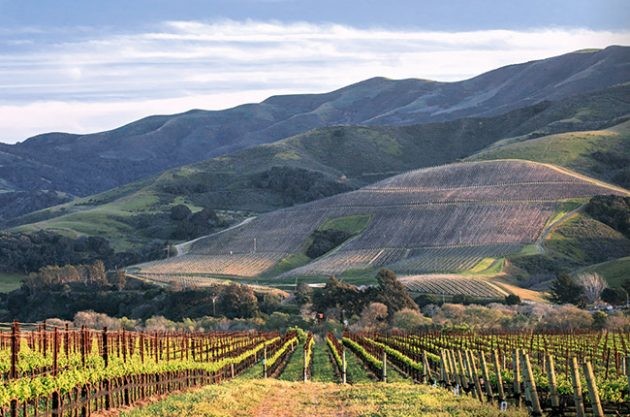Most wine lovers know that Fumé Blanc refers to Sauvignon Blanc made in the United States, and has likely gone through some oak ageing. But is Fumé Blanc always ‘oaky’? And where does the name come from?

Sauvignon Blanc arrived in North America in the late 1800s—in one version of the story, the variety was first taken from Sauternes estate Château d’Yquem.
But, the potential of the grape was arguably not truly recognised until Robert Mondavi decided to produce a quality dry Sauvignon Blanc in 1960s.
At that time, Sauvignon Blanc was considered as a boring variety, mainly used for sweet wine production to feed the sweet-toothed US market.
In order to avoid the negative image of the variety name ‘Sauvignon Blanc’, Mondavi decided to invent another name for the variety.
He took the French word ‘Fumé’, referring to a smoke-like vapour or substance and also enshrined in the name of Pouilly-Fumé of Loire Valley, and the French for white, as in ‘blanc’.
Ageing Sauvignon Blanc with oak
In order to differentiate his Sauvignon Blanc from those from other wine nations, Robert Mondavi decided to age this variety in oak barrels.
Mondavi didn’t register the name as his own trademark, ‘so more people can use this name’, according to the winery.
More producers started ageing their dry Sauvignon Blanc in (old and new) oak barrels, and selling it as ‘Fumé Blanc’. Therefore, the name has been more commonly associated with oak-aged Sauvignon Blanc from the US ever since.
But is Fumé Blanc always oaked?
Fumé Blanc is not necessarily oaked.
To begin with, Robert Mondavi ‘only intended to find an alternative name for Sauvignon Blanc, without any indication of the production method and style,’ according to the winery.
Currently the two terms ‘Sauvignon Blanc’ and ‘Fumé Blanc’ are deemed as synonyms in US law.
In the Sonoma region, Dry Creek Vineyard was among the first to produce a ‘Fumé Blanc’ in California without any use of oak.
Inspired by the mineral, lean and fresh Sauvignon Blanc from Sancerre of the Loire Valley, the owner David Stare decided to make a unoaked ‘Fumé Blanc’ in 1972, according to the winery.
By early 2000s, the winery wanted to make another Sauvignon Blanc.
The variety was blended with its highly aromatic clone Sauvignon Musqué and Pinot Gris to make a fuller and richer wine—again without any oak aging – but the winery decided to name it ‘Sauvignon Blanc’.
‘When we came to the decision to make a second Sauvignon Blanc, (for the name) it was an easy choice, because we already have a Fumé Blanc,’ said Tim Bell, winemaker at Dry Creek.
‘It does take a little bit of explanation for people to understand, but once they try the wine, it’s clear that they are different.’
All rights reserved by Future plc. No part of this publication may be reproduced, distributed or transmitted in any form or by any means without the prior written permission of Decanter.
Only Official Media Partners (see About us) of DecanterChina.com may republish part of the content from the site without prior permission under strict Terms & Conditions. Contact china@decanter.com to learn about how to become an Official Media Partner of DecanterChina.com.











Comments
Submit